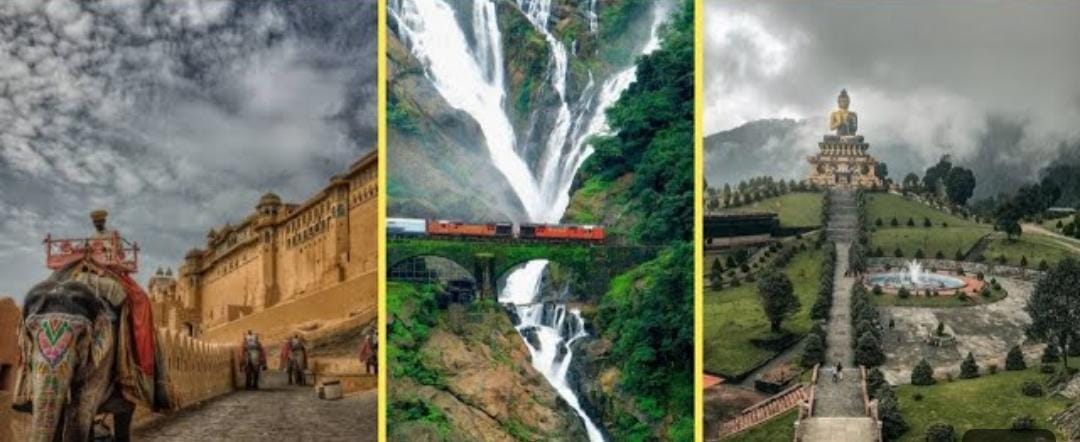Tourism in India: A Growing Global Attraction
India, with its rich cultural heritage, diverse landscapes, and historical significance, has emerged as a growing global attraction in the world of tourism. With a myriad of experiences to offer, from ancient temples and bustling markets to pristine beaches and towering mountains, India has become a must-visit destination for travelers seeking both adventure and enlightenment.
One of the prime factors contributing to India’s growing popularity as a global attraction is its unparalleled cultural heritage. The country’s history dates back thousands of years, resulting in a treasure trove of architectural marvels, art forms, and traditions. The majestic Taj Mahal, a symbol of eternal love, is perhaps the most iconic testament to India’s architectural prowess. Beyond this, India boasts a plethora of UNESCO World Heritage Sites, including the ancient rock-cut caves of Ajanta and Ellora, the vibrant city of Jaipur with its magnificent palaces, and the spiritual epicenter of Varanasi along the sacred Ganges River. These sites not only attract history enthusiasts and scholars but also captivate the imagination of every traveller.
Moreover, India’s cultural diversity is a magnet for global tourists. The country is a living canvas of languages, religions, festivals, and cuisines. From the colorful celebrations of Diwali and Holi to the peaceful spiritual retreats in the ashrams of Rishikesh, tourists are provided with a unique opportunity to immerse themselves in a vibrant tapestry of experiences. The bustling markets and bazaars, like those in Delhi and Mumbai, offer a sensory overload with their aromas, colors, and crafts, providing visitors with an authentic taste of Indian life.
India’s natural beauty is equally mesmerizing. The country is blessed with varied landscapes, ranging from the serene backwaters of Kerala to the snow-capped peaks of the Himalayas. The beaches of Goa, with their golden sands and lively nightlife, have become synonymous with relaxation and leisure. The wildlife sanctuaries and national parks, such as Ranthambore and Jim Corbett, offer thrilling encounters with majestic creatures like tigers and elephants, making India a destination for ecotourism enthusiasts.
Furthermore, the growth of India’s tourism industry has been facilitated by advancements in infrastructure and transportation. The expansion of airports, the development of modern hotels and resorts, and the enhancement of road and rail networks have significantly improved accessibility for both domestic and international travelers. The implementation of e-visa facilities and streamlined immigration processes has further eased the entry of tourists into the country.
However, it is essential to acknowledge that with the growth of tourism comes the responsibility of sustainable development and preservation. As tourist numbers increase, there is a corresponding need to ensure that cultural and natural resources are conserved for future generations. Responsible tourism practices, community involvement, and the promotion of eco-friendly initiatives are crucial in mitigating the potential negative impacts of mass tourism.
In conclusion, India’s remarkable blend of cultural heritage, diverse landscapes, and historical significance has positioned it as a growing global attraction in the world of tourism. The country’s ability to offer a range of experiences – from spiritual enlightenment and architectural marvels to natural wonders and cultural immersion – makes it a destination that appeals to a wide spectrum of travellers. As India continues to welcome visitors from around the world, it must do so with a commitment to sustainable and responsible tourism, ensuring that its unique treasures remain preserved and cherished for generations to come.

